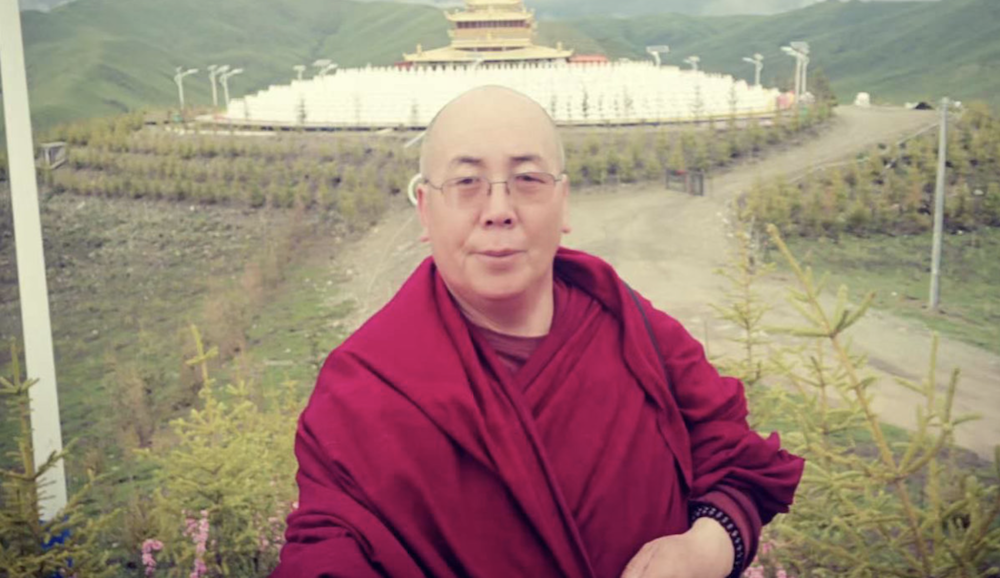By Claude Arpi
President Hu’s visit comes exactly 50 years after Zhou Enlai’s grand reception in Delhi; nothing much has changed since then
Finally India has a full time Foreign Minister. Observers thought that a new Minister had taken over in South Block when they heard that CPI(M) polit bureau member Sitaram Yechury left for a seven-day Beijing trip to ‘prepare’ for President Hu Jintao’s visit to India.
It is certainly not the job of a party apparatchik to work out a head of state’s visit to India, but in the prevailing confusion in South Block, Mr Yechury managed to get invited by the Chinese Communist Party, with a five-member team of Central Committee. He also met Foreign Minister Li Zhaoxing “to provide inputs for next month’s meeting between the two countries”. According to Mr Yechury, the visit was “unprecedented”; it was the first time that party leaders met a Minister to discuss the details of a presidential visit.
Even though Mr Pranab Mukherjee may bring some poise to Delhi’s foreign policy, President Hu’s visit to India does not augur well; not for what may be discussed and agreed upon, but for what will be left under the carpet. As he arrived in South Block, Mr Mukherjee made a wise remark: “One does not choose one’s neighbours.” He added it was “desirable to live with them in peace”.
It is worth remembering how President Hu earned enough ‘merit’ to make it to the top in the Middle Kingdom. It was in 1989, just three months before the Tiananmen Square events. President Hu was then posted as the party chief in Tibet. On March 5, the People’s Armed Police was given the right to kill. That day China’s paramilitary force marched into the centre of Lhasa and began a massacre that continued for days. “The Armed Police knew that the Tibetans were not armed, and they were free to kill them,” remembered Tang Daxian, an Chinese reporter who made available a secret report to The Observer in London.
The report shows that the 1989 massacre in Tibet was provoked by members of the Armed Police dressed as Tibetans. They had the order to attack and burn shops, offices, and stores, providing the authorities with the needed excuse: Civil order was threatened and therefore stern action should be taken. According to Tang by 1:4O pm, a prayer flag was set alight by Armed Police in disguise, and as soon as outraged Tibetan crowd gathered, weeping at the sight, the police opened fire killing eight of them.
Later that day, an order was issued to ‘delay’ further operations because foreign witnesses were still around. But by daybreak on March 6 almost all foreigners had been isolated in the Holiday Inn; the police was then ready to execute their orders.
At 10 am, Tibetans crouching behind barricades saw Armed Police advancing towards them over the roofs of the alleys near the Jokhang. Under a barrage of stones the police retreated. Misreading this as weakness, the Tibetans charged brandishing sticks and bricks. The trap worked. Police appeared on the roofs overlooking the narrow Xuanjing alley with automatic weapons and blazed away. Within 10 minutes, 300 people had been shot, according to Tang: “The massacre had begun”.
Everywhere the police began shooting Tibetans. More than 450 people are believed to have been killed in the next few hours. Many in the Chinese bureaucracy were shocked by the police violence and considered that they had “planted a time bomb”. By the evening of March 6, the Public Security Bureau withdrew 3,000 men. At noon the next day they warned the Armed Police that the killing must stop.
Even politburo senior member Qiao Shi responsible for the security in the Chinese Government “lost his nerve and denounced the Armed Police for their stupidity… he ordered that reports based on fabricated evidence be withdrawn from publications as soon as possible.”
But on the evening of March 7, the local party boss, today President of the People’s Republic of China declared that “the Armed Police, following the instructions of the Central Committee (which was true), had maintained the unity of the motherland.” He warned, “the majority of Tibetans who had joined the disturbance…must be made to feel guilt and promise they would never do so again.” Martial law was declared in Lhasa on March 8. On March 11, the PSB reported the number of casualties to the party: “Prior to March 10, 387 Lhasa citizens have been killed, the majority by bullets, 721 were injured, 2100 have been arrested or detained…354 have disappeared.”
The Elders had a ready made-solution to ‘solve’ the student protest on Tiananmen three months later. One cannot expect Indian leaders to know such historical ‘details’, as in any case President Hu’s visit to India will be the culmination of the year of friendship between India and China. Both Houses of Parliament will even receive him. I have nothing against friendship and in a distant future one can certainly hope that friendship and peace will prevail in Asia and elsewhere in the world, but some issues cannot be brushed under the carpet just for the sake of friendship at any price.
Between friends it should not be so difficult to discuss problems and find an agreeable solution.









